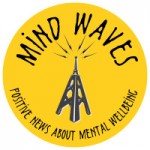-
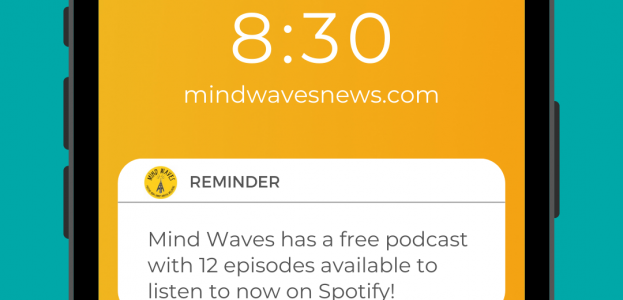
The Mind Waves podcast!
Good morning everyone and happy Monday! Just popping up to remind you that Mind Waves ...
-

Hibernation for humans: hiding away during the winter months
January 2024 has brought darkness, cold temperatures and three named storms! With Storm Henk, ...
-
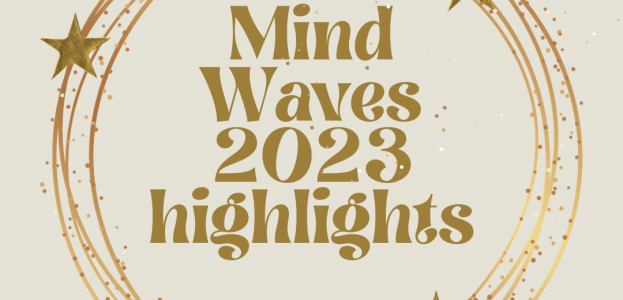
Highlights from 2023 – A festive round up!
As the end of the year approaches, we thought that we’d share some of Mind ...
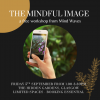
The Mindful Image – join Mind Waves for a photography and mindfulness workshop this September!
As the seasons subtly start to shift, September is a beautiful time to experiment with some nature photography and soak up the benefits of time outdoors. Join us on Friday 5th September from 1.00-3.30pm in the beautiful location of The Hidden Gardens in Glasgow for this free creative workshop! The session will be led by our […]
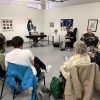
Come as you are – Mind Waves Community Jam is back!
After a short summer break, our Community Jam sessions return on Thursday 7th August. This free, informal and inclusive music group is an opportunity to make music together with the simple purpose of feeling good and enjoying getting creative! This includes singing, songwriting, playing together as a band and also just chatting about music and […]

“It feels like giving back to the community” – introducing our volunteer John
Throughout the summer months we are spotlighting our members on the blog, celebrating the work they do with Mind Waves and beyond! John first got involved with Mind Waves on our Get Started with Podcasting courses in partnership with the King’s Trust. We are extremely grateful that John’s participation in Mind Waves has continued and […]
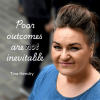
“The words I couldn’t say” – my tribute to Tina Hendry by Laura McGlinn
Tina Hendry was one of Scotland’s most vocal ACEs campaigners. She was talking about adverse childhood experiences long before there was a Scottish ACEs movement, and she had a massive impact on the spread of awareness of ACEs science across the country. We are honoured to share this celebration of the late Tina’s life and […]
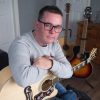
“Where words fail, music speaks” – introducing our volunteer Thomas
Throughout the summer months we’ll be spotlighting our members on the blog, celebrating the work they do with Mind Waves and beyond! This week we are hearing from the truly inspiring Thomas McCallum, one of our Anti-Stigma Podcasting Team. Most of my adult life I have been affected by mental health issues in one way […]
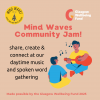
Mind Waves Community Jam – a free weekly music group in Glasgow
Mind Waves is a Glasgow charity that supports people to share their stories through creative approaches, empowering them to develop new skills and tend to their wellbeing. Thanks to the GCVS Glasgow Wellbeing Fund, we are now hosting weekly Community Jam sessions, a relaxed daytime open mic style event which is absolutely free to attend. […]

Head Above Water – helpful resources and encouragement from our Community Correspondent Laura
Enjoy this encouraging and inspiring post from our volunteer Community Correspondent Laura, sharing some valuable online resources which have helped her throughout her recovery journey. Just a note that the organisations or pages mentioned are not designed for dealing with crisis situations. If you require urgent help please refer to these NHS numbers and resources. We […]
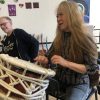
Share, create and connect at our new Mind Waves Community Jam!
Mind Waves is a Glasgow charity that supports people to share their stories through creative approaches, empowering them to develop new skills and tend to their wellbeing. Our weekly Community Jam sessions are a free relaxed daytime open mic style event held every Thursday from 11am-12.30pm at Project Ability, 103 Trongate, Glasgow. After some taster […]
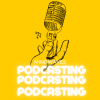
Join our brand new Anti-Stigma Podcasting Team
How do money worries affect your mental health? And how can mental ill health make you poorer? Mind Waves is a Glasgow charity that supports people to build their skills and share their stories and opinions. We have been funded by the See Me Anti-Stigma Arts Fund to delivery our brand new podcasting project. We’re […]

Introducing our Creative Community Programme for 2025!
The next few months are set to be a busy and exciting month here at Mind Waves as we are launching three new community programmes! These are open to anyone living in the Greater Glasgow and Clyde area with an interest in mental health, especially around challenging stigma. All of our activities are creative, inclusive […]
